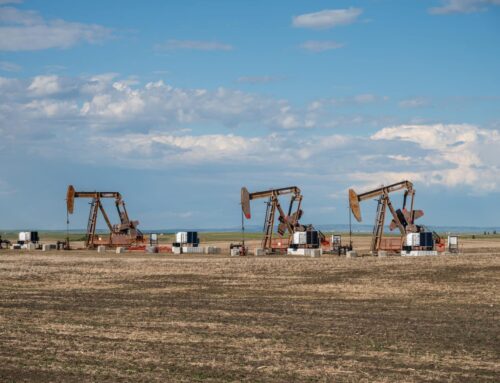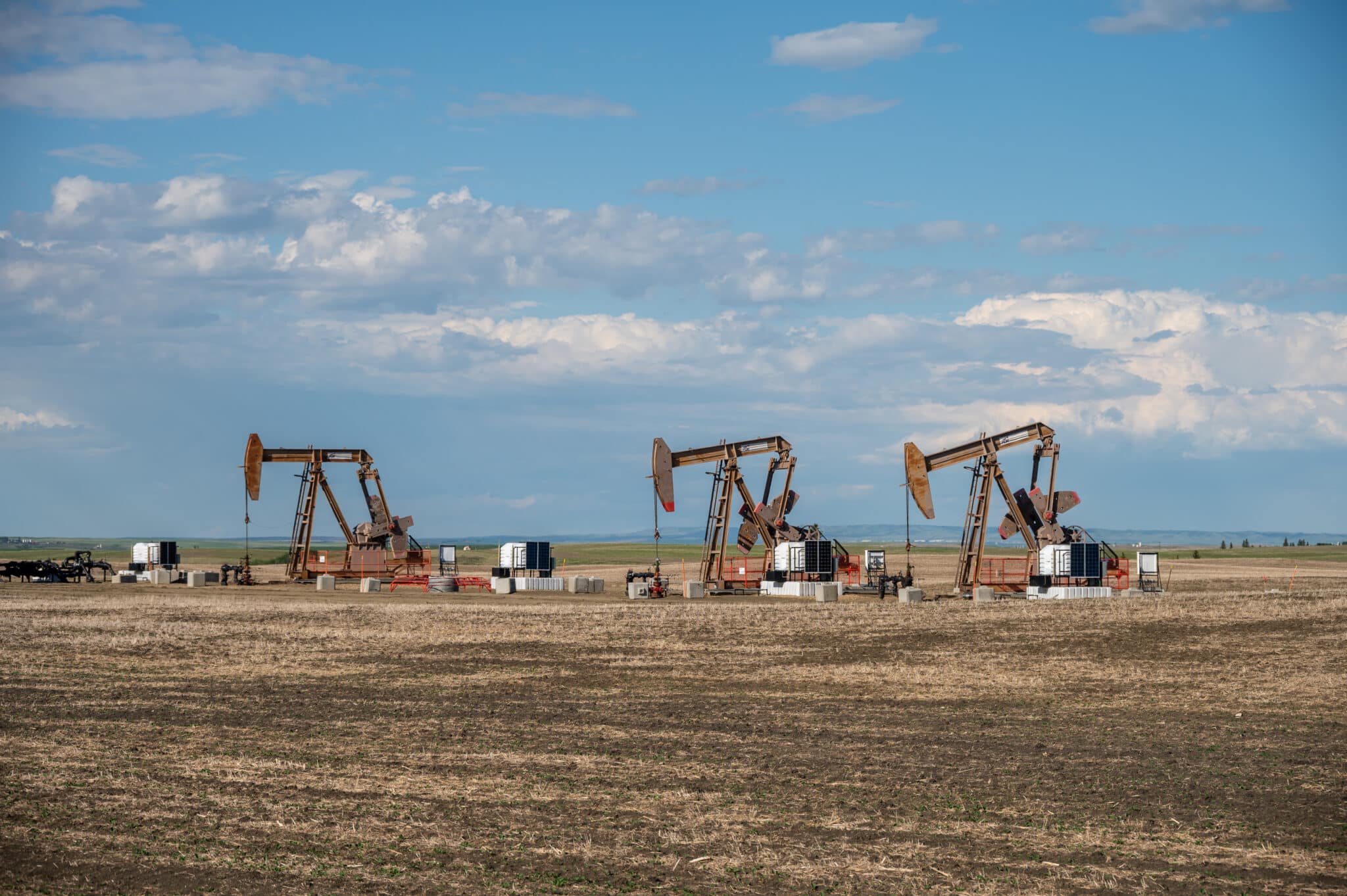On April 12, 2024, the Bureau of Land Management (BLM) released a final rule to codify fiscal reforms to the federal onshore oil and gas leasing system passed by Congress in 2022, update bonding policies, and implement other needed reforms. The final rule will become effective on June 22, 2024.
For decades, the federal oil and gas leasing system has failed to ensure that taxpayers receive a fair return from developing federally owned resources. Below-market leasing fees, outdated bonding requirements, and loopholes in the leasing process have not only deprived taxpayers of potential revenue but also left us with growing financial liabilities from oil and gas wells left behind by operators.
In 2022, Congress passed a suite of fiscal reforms to the federal onshore oil and gas leasing system — including raising below-market royalty rates, rent, and minimum bids, closing the noncompetitive leasing loophole, and creating a new expression of interest fee when entities nominate parcels of federal land for auction.
These much-needed reforms help ensure taxpayers receive a fair return for developing valuable, federally-owned oil and gas resources. The stagnant federal onshore royalty rate of 12.5% had remained untouched for nearly a century and lagged behind the royalty rates charged in many western states, including New Mexico (18.75%) and Wyoming (16.67%). Had oil and gas production on federal lands over the last decade been charged the new federal royalty rate of 16.7%, taxpayers would have received more than $10 billion in additional revenue from FY2013-2022, along with additional revenue from other updated leasing terms. Potential revenue gain would have been highest in states with significant federal oil and gas production, like New Mexico and Wyoming; taxpayers could have received an additional $5.4 billion and $2.4 billion, respectively, if a federal royalty rate of 16.7% had been applied on federal leases over the last decade.
The reforms passed by Congress are also essential to preventing large swaths of federal land from being locked into nonproducing leases that sit idle and produce little to no value to taxpayers, particularly in states like Montana and Nevada. Noncompetitive leasing, low minimum bids, and other below-market rates allowed speculators to acquire leases on federal land at rock-bottom prices without intending to develop them. In Nevada, more than 95% of federal land leased for oil and gas development sat idle at the end of FY2022, with little hope for future development; of all federal oil and gas leases issued in the state since 1953, only 0.3% ever entered production.
In the proposed rule released in July 2023, the BLM codifies the important fiscal reforms made by Congress, while also providing important updates minimum bonding requirements for the first time in over 60 years. The BLM also directs leasing towards areas with a higher potential of oil and gas development and away from important and sensitive wildlife habitat or cultural sites, among other reforms.
Decades-old, insufficient bonding requirements put taxpayers at risk of shouldering future reclamation costs. Federal reclamation bonds are supposed to ensure that operators pay for the costs of plugging wells and cleaning up federal land after oil and gas production ends. However, outdated minimums fell far below actual costs, leaving taxpayers to shoulder the costs of cleaning up orphaned oil and gas wells. At the end of FY2023, taxpayers faced potentially $6.15 billion in reclamation costs from under-bonded wells on federal land.
In our comments on the proposed rule, TCS called on the BLM to regularly update bonding minimums for inflation to ensure bond amounts will not fall short of reclamation costs again. In the final rule, released in April 2024, BLM addresses this weakness in the proposed rule by requiring bonding minimums to be updated for inflation every ten years. This is a first step towards ensuring that bonding minimums will not fall short of actual reclamation costs again in the future.
TCS also urged the BLM to consider a higher royalty rate of 18.75% after the 10-year period required by the IRA, which more closely reflects royalty rates charged by states and federal offshore leases. Federal taxpayers would have received an additional $13.1 billion in revenue from oil and gas drilling on federal lands from 2012 through 2021 under a 18.75% royalty rate. While the BLM declined to set a post-2032 rate through this rule, the final rule stated it “may consider further adjustments after 2023.”
Other notable changes from the proposed rule include inverting the phase in period to update bonds for existing oil and gas leases, expanding the list of acceptable forms of security for personal bonds, and updating the expression of interest fee for inflation every 4 years, as opposed to the proposed rule’s annual requirement.
The final rule will update:
- Market Fiscal Rates that have cost taxpayers billions in lost potential revenue over the last decade.
- Royalty Rate of 16.67% — up from the previous rate of 12.5%
- Minimum Bid of $10/acre — up from the previous rate of $2/acre
- Rental Rates of $3/acre for years 1-2, $5/acre for years 3-8 years, $15/acre for years 9-10 — up from the previous rate $1.50/acre for years 1-5 and $2/acre for years 6-10
- New Expressions of Interest Fee of $5/acre
- Other Processing Fees, like the competitive lease application fee
- Insufficient Minimum Bonding Requirements that have forced taxpayers to shoulder the high reclamation costs of orphaned oil and gas wells.
- Individual lease bonds of $150,000 — up from $10,000
- Statewide bonds of $500,000 — up from $25,000
- No longer allowing nationwide and unit operator bonds
- Outdated Leasing Processes that locked up federal land in speculative leases and consequently put taxpayers at greater risk of being burdened by liabilities of orphaned wells.
- End Noncompetitive Leasing, which allowed operators to gain federal leases without paying the minimum bid
- Institute Preference Criteria to direct oil and gas leasing to appropriate locations and away from sensitive environmental and cultural resources
- Increase reporting requirements for shut-in and temporarily abandoned wells











Get Social